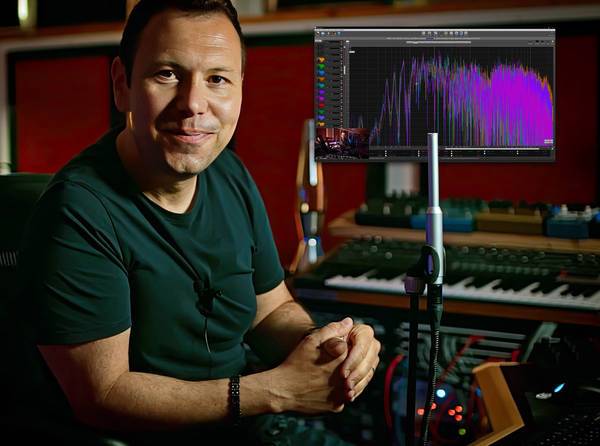Calibrating Your Studio Monitors Explained TUTORiAL
11 August 2023 | 887 MB
Though we can do our best with acoustic treatment, even the most expensive speakers and best rooms can benefit from proper calibration. Despite the many automated procedures available nowadays, the best room and speaker calibration is still done manually. Fortunately, the best software for the task is completely free, and all we need is a calibration microphone and an audio interface. This monitor calibration video course is for those new to the monitor calibration process.
In this video series, composer and producer Alberto Rizzo Schettino shows you, step-by-step, how he achieved the optimal calibration for his new control room. He guides you through the features and layout of the room and helps you set up the software. You’ll learn how to acquire calibration using three different methods and, by analyzing the data, proceed to formulate a correction curve that includes advanced phase response optimizations. You’ll also discover DAW and system-wide implementations to utilize such correction in both professional and consumer applications. Given the importance of monitoring in audio production, achieving the best room correction is paramount to a worry-free environment for composing, recording, mixing, and mastering.
With the knowledge gained in this course, you’ll be sure that you’re providing yourself with the best possible environment with which to work, given your particular room arrangement. Check out the individual monitor calibration video tutorial descriptions for more information on the content of each video and how they’ll help you achieve balanced, powerful mixes that translate to any listening situation. Don’t be shackled by the shortcomings of your room any longer… watch “Calibrating Your Studio Monitors Explained®” today!
What You Will Learn:
-How to prepare REW (Room EQ Wizard) for the information needed for calibration
-Data measurement with three different methods: single-point, multi-point, and moving-microphone
-How to use the data to formulate a correction curve for your specific room
-How to implement that correction curve in your DAW
-And more!
Please REPORT in Comment Broken Links


